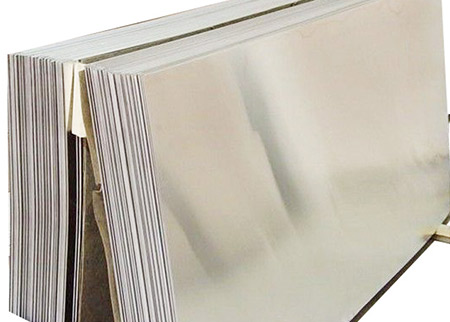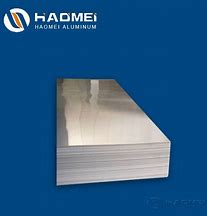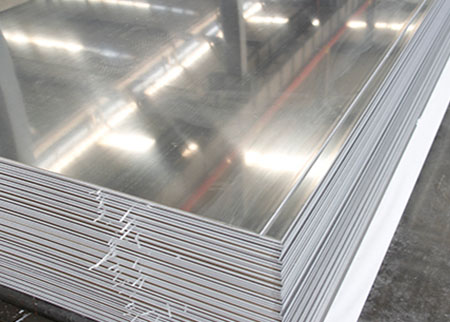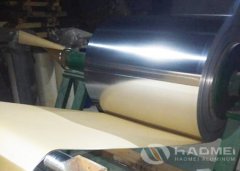



Pre-stretching is a very important process of the high-end medium-thick aluminum sheet for sale. And Haomei as a professional in this area, will introduce about the medium-thick aluminum sheets' pre-stretching. In the process of hot rolling, shearing, annealing and quenching of aluminum alloy sheet (thickness>3mm), due to temperature, roll shape change and improper control of process cooling, there will always be large or small longitudinal bending, transverse bending, edge bending, etc. In order to eliminate defects and reduce internal stress to the lowest possible level, it must be straightened before annealing or aging. According to the equipment configuration and application range, there are three straightening methods: roller straightening, flattening straightening and pliers stretching straightening. The first two are not only relatively simple equipment, but also not high in technology. They are quite old processes, but they are still widely used today, so I won't repeat them here. The latter was developed in industrialized countries since the mid-1940s, and China began to introduce this equipment and technology in 1956. At present, the level and technical level of aluminum alloy sheet drawing and straightening equipment have become one of the main indicators to measure whether a country's aluminum processing industry is strong, and whether it can improve the key aluminum materials required for the aerospace industry.
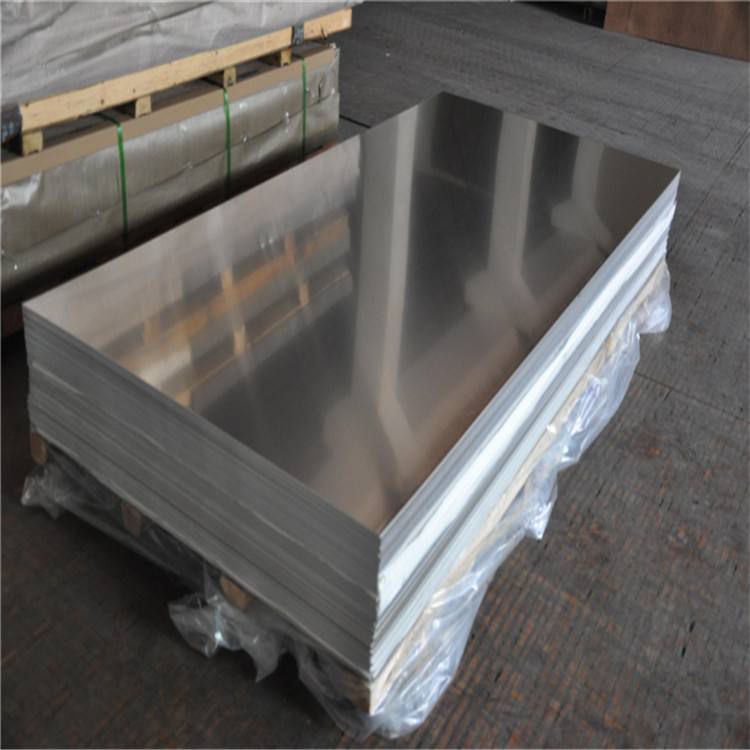
During the quenching process of the aluminum alloy plate, due to the considerable temperature difference between the surface layer and the center layer of the plate, a large internal residual stress is generated, the surface layer is compressive stress, and the center is tensile stress. If the residual stress is eliminated by more than 85%, then when the parts are manufactured by the CNC machining center in the future, the plate will not deform unacceptably, so that it cannot continue to be processed and become waste. Therefore, it is necessary to pre-stretch and straighten the quenched sheet before machining to eliminate residual stress. Generally, the tensile permanent deformation rate is less than 35%, and it is too small to achieve the effect of eliminating waves and residual stress; too large may produce slip line, and new uneven distribution of internal stress may also appear. Because the stretching is carried out before the machining of the parts, that is to say, this stretching is to provide materials for the smooth machining, so it is called pre-stretching, and the produced sheet is called a pre-stretched plate (prestretched). aluminium alloy plate).
There are 13 countries in the world including China, the United States, Germany, Russia, France, and Japan that can produce aluminum alloy pre-stretched sheets, with a total production capacity of about 500kt/a. The United States and China have the largest number of stretching machines, China has the largest number of stretching machines, with a total of 12 units; the United States is second with 11 units. By 2016, China may have 24 units, greatly surpassing the United States. By then, China will become the world's pre-stretching machine kingdom.
* Thank you for your inquiry. Please provide your business needs information so that we can better serve you.
This information can help us assign the most suitable person to solve your problem. We will give you feedback within 1-2 working days.
Related Blog
